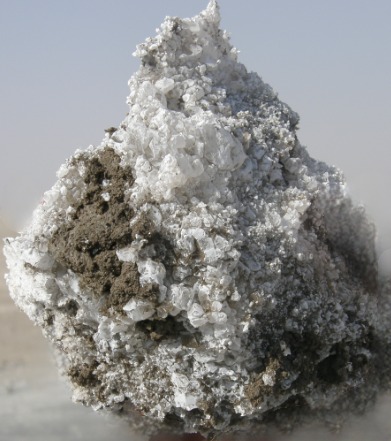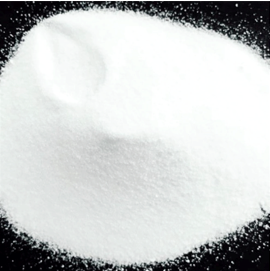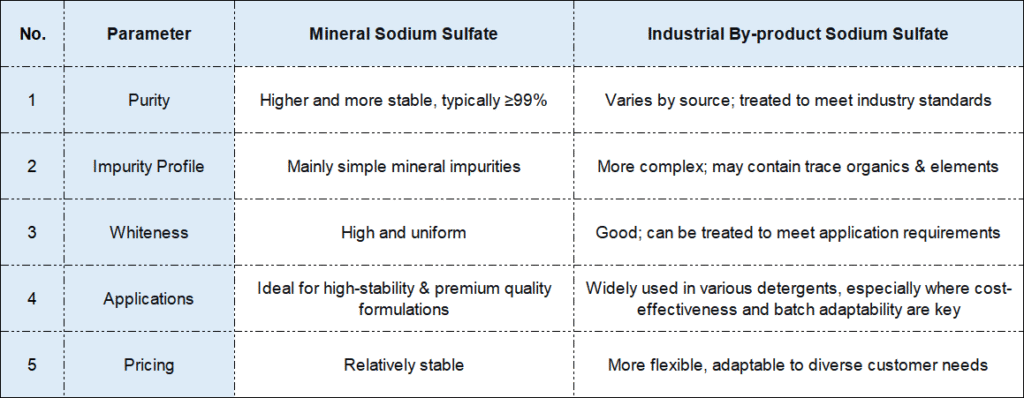How Sodium Sulfate Powers Your Detergents: A Key Ingredient Explained
Sodium Sulfate: An Overview
Sodium sulfate (Na₂SO₄) is an inorganic salt, prized in industry for its high chemical stability and excellent whiteness. It comes from two primary sources:
Mineral Sodium Sulfate: Mined from natural deposits, this type is crushed, screened, and refined to achieve consistent purity and color.
By-Product Sodium Sulfate: A recovered product from industrial processes like viscose fiber and battery manufacturing. It can be purified to meet the stringent quality standards required for use in detergents.


Sodium Sulfate: Filler & Processing Aid in Detergents
Cost & Volume Optimization
As an economical filler, it dilutes active ingredients, boosts bulk volume, and lowers unit costs while ensuring powder uniformity. This enhancement supports scalable production by maintaining consistent quality across batches. Moreover, it enables manufacturers to achieve higher output with minimal raw material investment, thereby improving overall cost-efficiency without compromising product performance.
Production Efficiency Enhancement
Beyond cost, sodium sulfate is a silent guardian of manufacturing productivity. Its engineers have selected it for its optimal particle size and distribution. These physical properties are critical as they enhance the powder’s flowability (a principle known as “powder rheology”). This means it pours effortlessly like dry sand, rather than clumping like damp flour. This superior flow facilitates faster, more efficient mixing of all components, ensures precise filling of packages without dust explosions or clogging, and prevents mechanical blockages in automated conveyor systems. This results in smoother, faster, and more stable high-speed production runs with less downtime.
Product Appearance & Quality
In the world of consumer goods, perception is reality. Sodium sulfate possesses a naturally high degree of whiteness, which it imparts to the final detergent blend. This gives the powder a brighter, cleaner, and more visually appealing look. This is not a trivial matter; consumers subconsciously associate a pure, snow-white powder with superior purity and efficacy. By meeting this deeply ingrained visual preference for “cleanliness,” sodium sulfate directly supports the marketing of products, allowing even value-tier detergents to project a premium brand image.
Formulation Stability & Compatibility
A key unsung virtue of sodium sulfate is its chemical inertness. It possesses stable chemical properties, meaning it is largely non-reactive. In a complex detergent formula packed with sensitive and expensive ingredients—such as organic surfactants, delicate enzymes, and proprietary fragrance blends—this inertness is priceless. It does not interfere with or degrade these critical components, ensuring compatibility throughout the formulation. This guarantees that the product’s cleaning power and scent remain effective from the day it’s made until the day it’s used, significantly extending its shelf life.
Moisture Control & Caking Prevention
The anhydrous (water-free) form of sodium sulfate is particularly valued for its low hygroscopicity—meaning it does not readily absorb moisture from the air. This is a vital line of defense against humidity. By locking in dryness within the detergent box, it prevents the powder from absorbing water and hardening into solid, unusable clumps. This ensures the product remains a free-flowing powder from the first scoop to the last, regardless of whether it’s stored in a humid bathroom or a dry warehouse, guaranteeing consistent quality and user experience across diverse global climates.
Choosing Between Mineral and By-Product Sodium Sulfate

Mineral and by-product sodium sulfate offer distinct advantages for different applications. The choice between them depends on your formulation requirements, budget, and production process. As your manufacturing partner, we provide comprehensive testing reports and technical support to ensure product compliance and production stability.



